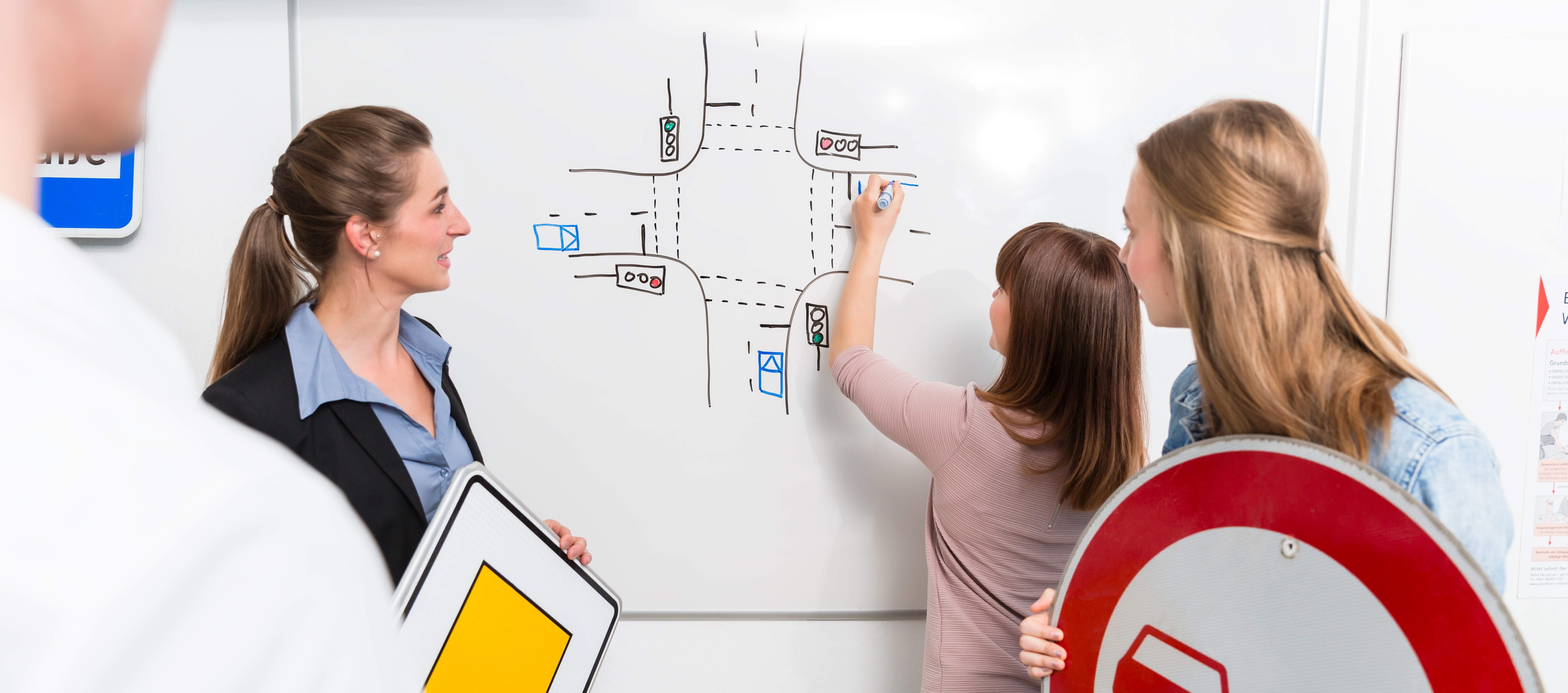Oftentimes, educators provide students with quizzes to identify their "learning style." You’ve probably taken one yourself and might have said, "I'm a visual learner." Turns out you're not. When we discuss the learning styles myth, the Foundation for Economic Education helps us draw that line. They explain that researchers do not deny differences among students; students indeed have different strengths, needs, background knowledge, and interests. This diversity makes students unique, dynamic, and ever-changing. Recognizing these differences is crucial to understanding how to increase learning outcomes. However, it's essential to make a critical distinction: while we must acknowledge and accommodate students' varied characteristics, the concept of fixed learning styles is not supported by research.
The myth in question, the learning styles myth, is the belief that every student has a fixed, most effective learning style, and learning in that style will improve their outcomes. Spoiler Alert: This is NOT true. An article in the Journal of Anatomical Sciences Education, aptly titled Another Nail in the Coffin for Learning Styles, found that regardless of what students perceived as their learning style, certain specific study strategies positively correlated with increased learning outcomes. So, in short, context is everything. As we're working towards goals, sometimes, based on the task, there will be more effective strategies, and students have to understand that and can't get stuck in this fixed mindset that they're not able to do it in a certain way. So, how does this idea of a fixed learning style differ from learner variability?
Learning Styles vs. Learner Variability
Variability is the unique and dynamic nature of our strengths and needs. For example, I consider myself a “high-heels person.” The higher the heel and the more colorful the shoe, the more I enjoy clickety-clacking around. That being said, I can’t wear heels all the time as my needs change based on context. I wear my Saucony Endorphins when I am running a race, ski boots when I am skiing, and flip-flops at the beach. If I were to take a quiz about my favorite type of shoes, heels would be the winner, but what’s best for me varies based on context. Similarly, when our learners are making choices about their learning, they have to think about the goal, context, and why they are learning. They should look at the resources available, reflect on feedback from the teacher, and then make the best choice. The most important thing to know is that we are not wired to learn in only a single way. Instead, we need to adapt and find out what works best for us in each unique situation. We need to consistently monitor our progress and make different choices if we aren’t experiencing success. For example, my favorite heels are candy-apple red, and I love them for a keynote. However, sometimes, after spending too long hopping around a stage, I have to change into flats. They are always in my bag, just in case. And once, my feet hurt so much from heels that I walked into a principal training barefoot (you can ask Mike Woodlock if you don’t believe me!).
“We are not wired to learn in only a single way.”
As UDL practitioners, our focus is on embracing student variability, both interpersonal variability, which describes how students are different from each other, and intrapersonal variability, which describes how a single student's needs change based on context. This requires that we and our students try different approaches and use data to inform our decisions. We must give students permission to try various options, create strategies based on what they think will work best, and then allow them the flexibility to make changes. As educators, we play a significant role in this process by providing feedback and helping redirect students to the strategies that are most effective given the context.
Strategies for Addressing Learner Variability
- Start lessons with a diagnostic assessment to help students identify their starting points, recognize what they know, and understand what they need to learn, aiding them in making responsible learning decisions.
- Encourage social-emotional learning by asking students to make informed choices toward their goals and reflect on why they believe those choices are effective.
- Use reflection throughout the learning process, prompting students to evaluate their choices and growth, and adapt strategies as needed.
- Implement tools like exam wrappers to help students connect their choices to outcomes and plan for improvement.
By taking these steps, we're helping students embrace their own variability. We're fostering social and emotional learning and creating a huge culture of feedback and monitoring progress, which is critical for learning.
Continue Your Learning
- Listen to the latest episode of The Education Table, "Turns Out, You're Not a Visual Learner After All...The Truth About Learning Styles" to learn more
- Read on, find out what the Lochness Monster, Yetis, Big Foot, and Learning Styles all have in common
- Learn more about variability and understand the what, why, and how of learning, explore the on-demand course, UDL Now!



